What Do the Different Colors Mean on Waze
The Meaning of Colors in Different World Cultures
By Neha Kapoor on Feb 17, 2016
* Disclosure: This post may contain affiliate links, which means we may receive a commission if you click a link and book something (there is never any extra cost to you for using these links).
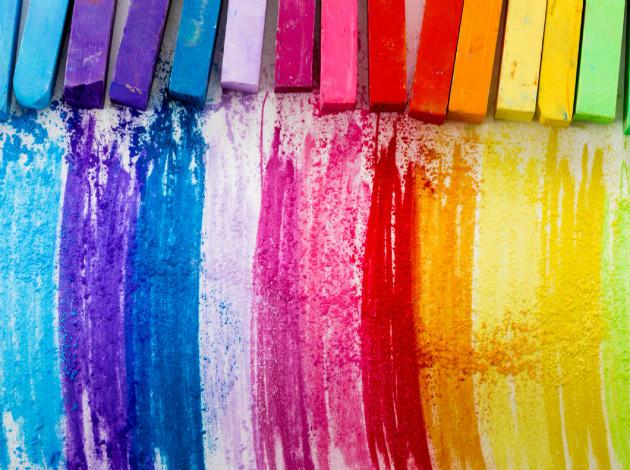
PC: newsbomb.gr
In a world that is driven by an obsession with attributing religious ideologies to colours, their aesthetic significance ceases to exist. Let us just take a tour around the world and see what significance the colours hold in the different cultures and communities. Signifiers of culture, ideologies and ways in which the things are symbolised, colours are much more than just the beautifying fillers in the otherwise dull canvas of this world. Here is how colours are read, articulated and hold meanings in different cultures around the world:
1. Purple
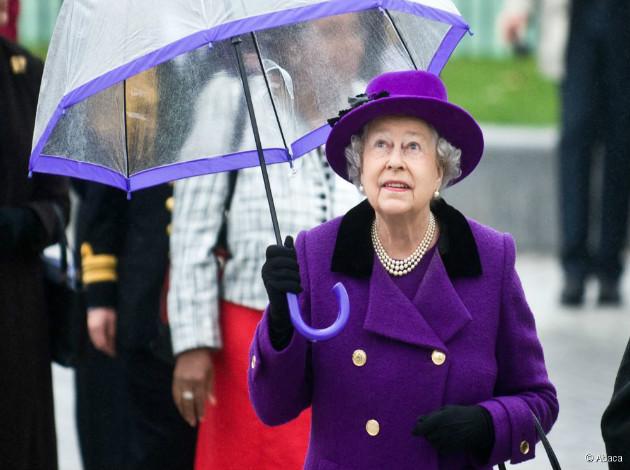
PC: newsfish.gr
England: The Colour Purple is symbolic of royalty in most of the Western cultures such as England and France. The Royal people are always imagined and portrayed as wearing the purple robes. There is a reason for which this colour is associated with a certain class. In the past, purple dye was rare and expensive because it was extracted from sea snails. And since it was expensive, it was worn only by kings, queens and other representatives of monarchy.
Brazil and Thailand: On the contrary, the purple colour is symbolic of mourning in these two countries. Did you know that in Brazilian culture, it is considered as inappropriate to wear purple if not attending a funeral?
USA: In USA, the purple colour stands for honour and military valour, a reason for which the soldiers are awarded by purple badges.
Also Read: 15 Hat styles Across the World
2. Orange

PC: wide-wallpapers.net
West: In west, orange is taken to be a delightful colour that symbolises autumn, harvest, warmth, and fun. It also represents creativity and curiosity.
Hinduism: Needless to say how important the saffron colour has become for the religious identity of Indians! Apart from its political significance, orange colour is considered auspicious and sacred in Hinduism.
Netherlands: In the Netherlands, orange is the colour of the Dutch Royal family and is thus symbolic of a certain class and status.
Colombia: In Colombia, orange represents sexuality and fertility.
Japan and China: You must have always seen Buddhist monks in orange! For Japan and China, the orange colour symbolizes love, happiness, humility, and good health.
Also Read: Buddhist Monasteries Across the World
3. Green

PC: wallpapersafari.com
While green might stand for nature and ecology in most of the cultures, it has some varied connotations attached to it in different cultures.
West: green represents luck, nature, freshness, spring, environmental awareness, wealth. But it also represents inexperience, and jealousy. Remember, the green eyed monster!
Ireland: Green is the national colour of Ireland and is associated with good luck, leprechauns, shamrocks, and Saint Patrick.
Asia: In Asian cultures, green stands for new and eternal life, new beginnings, fertility, youth, health, and prosperity. In Muslim countries, green colour is symbolic of their religious identity.
China: If a man wears a green colored hat in China, it suggests that the man's wife is cheating on him.
Different cultures also have different signs and gestures!
4. White

The white colour holds absolutely dichotomous relevance in Asian and Western cultures. While in West it is symbolic of purity, elegance, peace, and cleanliness; in Asian countries such as India, it stands for death and mourning. No wonder its because of these connotations, the white colour is worn by brides in the west and by mourners in Asia. The meaning of colors in different world cultures surprises us!!
5. Black

PC: wallpaper.zone
While Black may be symbolic of formal attire and sophistication in West, it is also signifier of death, evil, mourning, black magic, and mystery within the same culture. In the Middle East, black is symbolic of both rebirth as well as mourning. In Africa, it symbolizes age, maturity, and masculinity.
Also Read: Unusual Sexual Customs That Make This World a Strange Place to Live in
6. Red
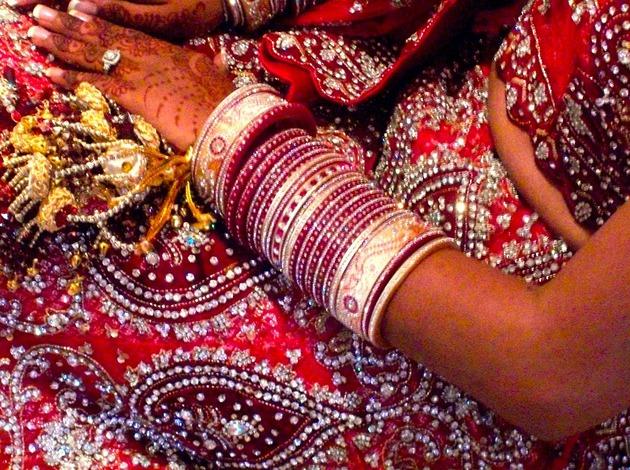
India: The most symbolic and powerful of all, the Red colour in India stands for fear and fire, wealth and power, purity, fertility, seduction, love, and beauty. Red is also worn by newly married women in the form of Sindoor and henna so as to symbolise a newly entered sexual phase in life.
South Africa: Here, red is associated with mourning and the section of red in the country's flag symbolizes violence and sacrifices that were made during the struggle for independence.
Egypt: Red colour means a lucky charm in Egypt.
Iran: It symbolizes good fortune and courage in Iran.
7. Yellow
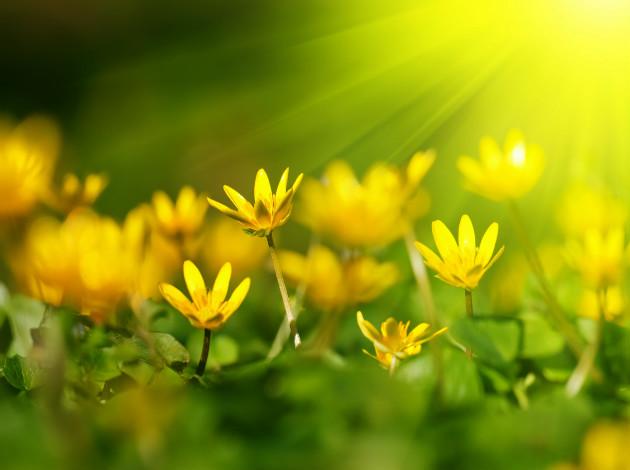
PC: wallpaperswide.us
West: The Colour of sunshine! It is associated with happiness, cheeriness, optimism, warmth, joy, and hope.
Germany: In Germany, yellow represents envy
Egypt: Here, this colour means happiness and good fortune.
China: In China, yellow stands for pornography. So whenever the Chinese say something about "yellow picture" or "yellow book" you should understand it quickly.
Africa: In Africa, Yellow comes to represent people of high rank due to its close resemblance to gold.
Japan: In Japan, yellow represents bravery, wealth, and refinement since the War of Dynasties in 1357. The warriors infact wore yellow chrysanthemums to honour emperor in Japan and royal family.
8. Blue
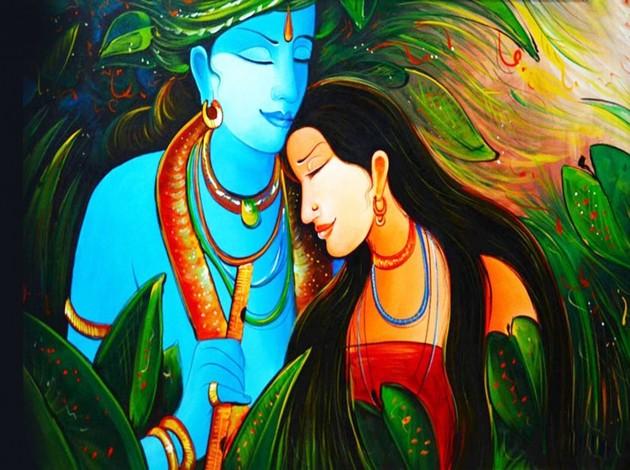
PC: wallpapersandbackground.com
Hinduism: Symbolic of the Lord Krishna in Hinduism, blue stands for love and joy.
Want to read on the festival of colours, Holi, in India?
Read: Some unknown ways the Festival of Colours is celebrated in India
North America: In North America, Blue is symbolic of security, trust and authority.
West: "Having Monday blues?"The oft stated phrase says it all. In the western culture, blue is associated with melancholy and depression. It is quite interesting to see how the same colour holds completely contrary connotations in different cultures. On the other hand, blue is also seen as synonymous with royalty, that is why the term "blue blood" is used to denote a certain hierarchy in western culture. Similarly the idea of "blue coloured jobs" that is used throughout the world is also suggestive of jobs that require mental work rather then the physical.
China: Contrary to the popular belief where blue is associated with boys, it is a feminine colour in China.
Middle Eastern Countries: Blue here stands for safety and protection, and is symbolic of heaven, spirituality, and immortality.
Latin America and Judaism: In Latin America, Blue stands for hope and good health, and also comes to represent Virgin Mary, who is often depicted as wearing a blue robe and headscarf, and represents wealth. Similarly in Judaism, blue comes to stand for holiness and divinity.
9. Pink

West: The import of pink colour is taken in most parts of the world as that of femininity, love, romance, caring, tenderness, and the birth of a baby girl.
Japan: On the contrary, in Japan, pink stands for men rather than women.
Korea: Here, it symbolizes trust
China: China's case is something different. For many ages, the colour pink went unrecognised in China but it was due to the western influence that it came to be recognised as a part of culture. However, even till today, it is considered as a "foreign colour".
Whatever might be the import of the colours, they certainly are above meanings and associations and render everything beautiful in this world. Let us revel in the multiplicity of colours and see them through fresher perspectives.
Do you know of any other colour that holds different meanings in various cultures? Let us know.
*fb cover pic: pedrosimones
The meaning of colors in different world cultures 02-Jun-2021 The Meaning of Colors in Different World Cultures Answer Report Abuse 02-Jun-2021 What's the meaning of "green,blue ,yellow" in Portugal? Answer Report Abuse 


What Do the Different Colors Mean on Waze
Source: https://www.triphobo.com/blog/significance-of-colors-in-various-cultures